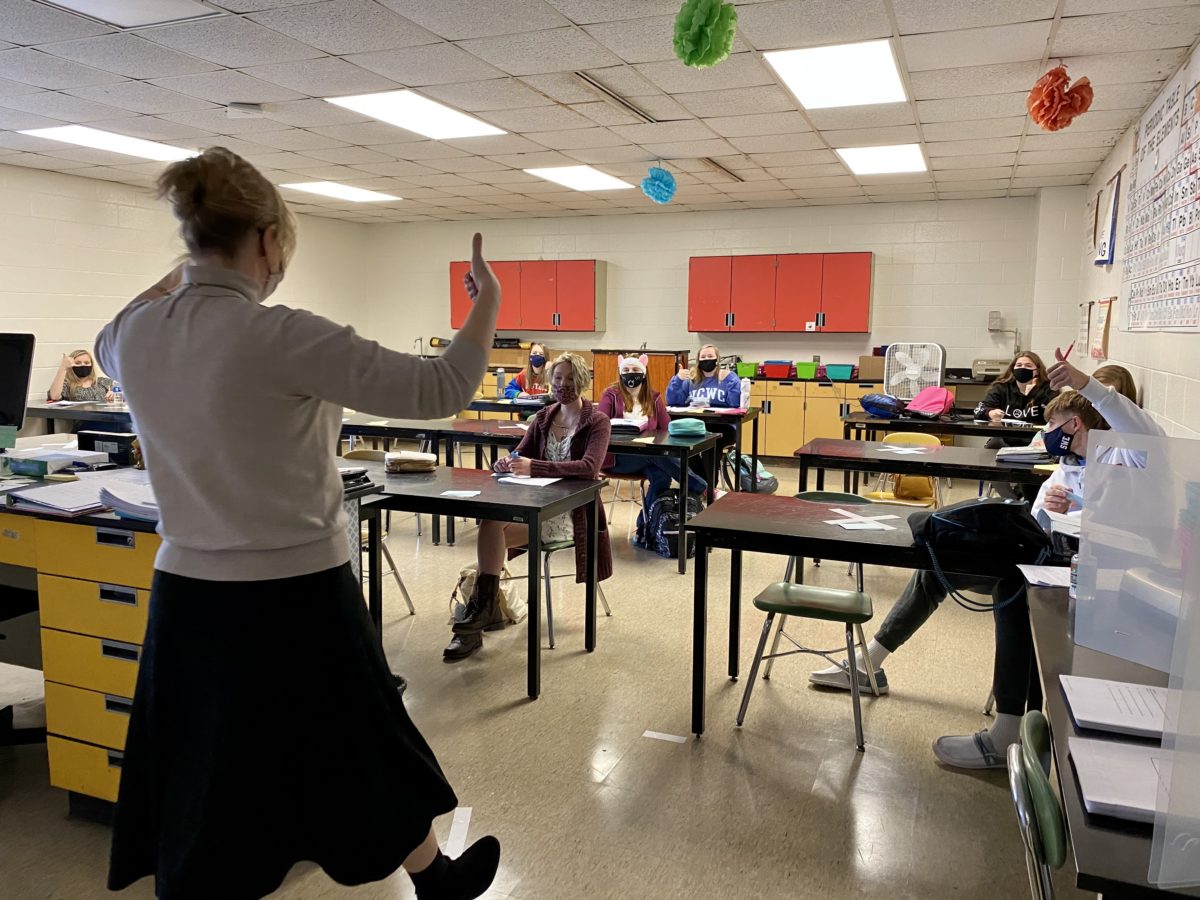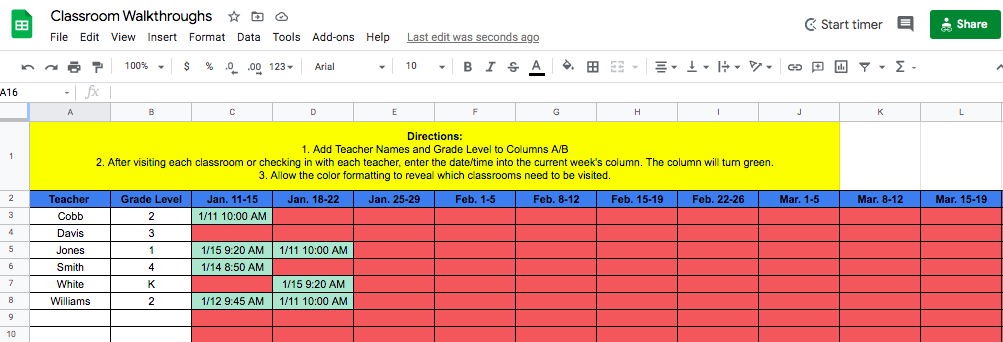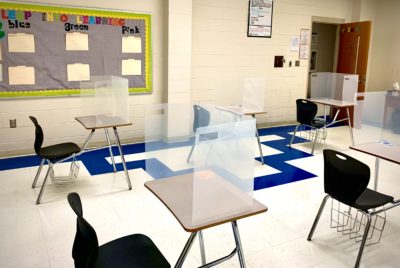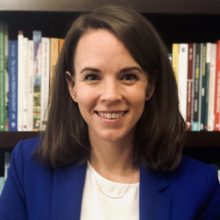
Practitioners Melissa Altemose and Lauren Lampron created a mini-series about school leadership during COVID-19. In week one, they expounded upon strategies for building trust during COVID-19. In week two, they shared resources around the power of intentionally fostering open communication during COVID-19. This week, they share ideas for how to intentionally create opportunities to ensure teachers feel seen.
“I’ve learned that people will forget what you said, people will forget what you did, but people will never forget how you made them feel.”
– Maya Angelou
In a typical school year, February is usually the time when teachers are feeling the weight of the cold weather, the inability to see sunlight outside of work hours, and the exhaustion from running full force through the first two-thirds of the school year. This year, the concept of the “February feeling” is exponentially compounded with the fact that our teachers have now been leading students through a pandemic for nearly a full year. Even the most veteran educators are feeling overwhelmed and struggling to genuinely believe they are making a difference.
At this point in the year, it is vital for administrators to create opportunities to ensure teachers feel seen. Teachers are the center of this work; they are cultivating communities of love and connection for children that span across dozens of screens, plexiglass shields, and masks. Every day they model for their students a spirit of resilience and grace. Our teachers are foundational to our students enduring through this time. Teachers deserve to feel a portion of the love they share with others.
Administrators should create an environment that allows educators to embrace the emotions of the current reality while balancing the awareness that daily improvement is progress and each person is bringing incredible strengths to the table. We are all doing inspiring and amazing things during this time. We need to take the time to acknowledge that.
Here are four grab-and-go resources to ensure your teachers feel seen.
#1 Celebrate sharing emotions
Commit to being a person that expresses their truth and allows others to express themselves with candor.
Why: Freely expressing feelings and emotions in the workplace allows for root cause analysis, authentic connections, and trust. When individuals feel free to express emotions, they feel seen.
What it looks like: Model Conscious Leadership Group (CLG)’s fourth strategy, candor, by sharing your internal dialogue when speaking with your teammates. Allow your staff to hear you work through concerns by utilizing the frameworks, handouts, and video.
For example, you may tell a colleague, “What is true for me in this situation is that the way the information was presented made me feel defensive, and I feel like I was listening for the purpose of responding; now that I am conscious of my reaction, would you please share your concerns with me another time so I am able to be fully present in hearing your concerns and listen with the purpose or understanding?”
#2 Help staff capitalize on their strengths
Create time for staff to reflect on their individual strengths and the strengths of the team through the use of a strengths-based personality test staff activity.
Why: Every individual brings different strengths to the table. Not all strengths are alike, but all are valuable on a team. Having teachers individually reflect on their strengths and then reflect on the collective strengths of the team will help teachers recognize the value they contribute to this work and shift the focus dialogue from “There are so many obstacles!” to “How can I capitalize on my strengths to overcome this challenge?”
What it looks like: Have your staff take a personality/strengths based assessment during or prior to a staff meeting. Ask each person to reflect on how they are uniquely skilled to adapt to changes during this time and other reflection questions around how knowing their strengths can help inform their approach to this work. You can also have people form breakout groups to share similar strengths or form mixed groups to discuss how each strength contributes to the overall strength of the team. Several example tests to use are below (the strengths test is our favorite!).
#3 Build community through circles
Establish a structural approach to communicating.
Why: Circles help build a culture that values transparent sharing as a gift and allows the adults in the building to experience authentic sharing and affirmation from their colleagues.
What it looks like: During a staff meeting, arrange chairs in a circle. A best number is 5-7 participants per circle (note: if completing virtually, just pre-assign the order of the circle; consider using Zoom breakout rooms to create smaller circles among the staff). Utilize the circle guide to review best practices of implementing a circle.
#4 Calendar weekly teacher touch points
Schedule time in your calendar to make sure that you have a touch point with every teacher every week.

Why: Teachers need to feel connected during this time. Whether you are fully remote or face-to-face or anywhere in between, teachers value feeling seen especially during this time when normal hallway greets aren’t as easy to come by. By intentionally scheduling time and tracking touch points, you can ensure no teachers feel overlooked.
What it looks like: Build time weekly into your calendar to check in with teachers. This touch point can be in whatever format works best for you (pop into classrooms, PLCs, stop by during planning, hop into virtual meetings). You can schedule individually for each teacher or block out some time on your calendar daily to be intentional about making touch points. Track each touch point in a weekly tracker to help you see which teachers have not had a touch point and need to be prioritized.
Recommended reading



